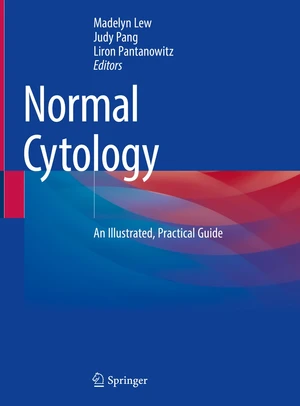In the practice of cytopathology, cytologists frequently encounter a spectrum of benign, normal cells in samples. In fact, these normal cells frequently comprise the greatest proportion of material present on a cytology slide. This is frequently the case in Pap smears of the uterine cervix , urine samples, and lung samples such as bronchial brushings. Normal cytology can often mimic pathology leading to misdiagnoses, especially in cases with reactive and metaplastic changes. Moreover, cytopathology findings of certain neoplasms can also mimic normal cytology. Today, cytology laboratories are no longer confined to dealing with just exfoliative specimens and superficial aspirations. With interventional radiology as well as endobronchial and endoscopic ultrasound-guided fine needle aspirations (FNA), we increasingly encounter visceral samples. Hence, cytologists are even likely to encounter normal elements from deep-seated organs. Sometimes, unexpected normal elements may be found within cytology specimens because a FNA procedure has contamination or inadvertently sampled a nearby organ or normal anatomical structure. A typical example is the finding of ganglion cells when a FNA is performed targeting a celiac node for cancer staging (Elgarby EA et al. Frequency and characterization of celiac ganglia diagnosed on fine-needle aspiration. Cytojournal. 2015; 12:4). Despite the importance of knowing the spectrum of normal cytology, there are limited reference materials available on this topic for cytologists. Most cytopathology texts deal with abnormal cytology. Often, the chapters in these books only devote a few sentences about normal cytology (euplasia). Our proposed book intends to fulfil this need. The book will contain a mixture of text and images (atlas). Important aspects related to cytology practice will be highlighted such as clinical relevance, differential diagnoses, mimics and pitfalls. The images will include a variety of cytology specimen preparations (e.g. direct smears, liquid based samples, touch preparations, cell blocks) and stains (e.g. Diff Quik/MGG, Papanicolaou, H&E). In selected cases, the expected immunoprofile of normal cells will be addressed. Each chapter will also include a modest list of helpful and contemporary references.
Price history
Jan 6, 2023
€161.83

